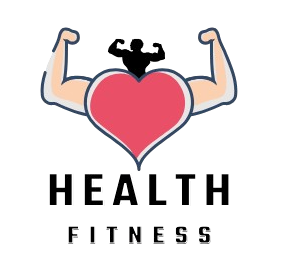Cold Therapy and Recovery: Benefits of Ice Baths, Cryotherapy, and Compression Therapy

1. Ice Baths: The Traditional Cold Therapy
Ice baths, also known as cold-water immersion, involve submerging the body in water at temperatures between 50-59°F (10-15°C). This practice, often used by athletes after high-intensity exercise, constricts blood vessels and reduces blood flow to the muscles, which can minimize inflammation and ease muscle soreness. Once out of the cold water, the body naturally warms, and blood flow increases, flushing out metabolic waste from the muscle tissues.
Benefits of Ice Baths:
- Reduces Muscle Soreness: Ice baths help lower the risk of delayed onset muscle soreness (DOMS) by reducing inflammation.
- Improves Circulation: Alternating between constricting and dilating blood vessels stimulates blood flow, helping remove lactic acid buildup.
- Enhances Mental Resilience: Enduring the discomfort of an ice bath also trains the mind to tolerate stress, which some athletes find beneficial.
Considerations: Although ice baths are highly effective, they may not be suitable for everyone. Beginners should start with shorter durations, and it’s always best to consult with a healthcare provider if you have cardiovascular or respiratory conditions.
2. Cryotherapy: Advanced Cold Exposure
Cryotherapy takes cold therapy to another level by using extremely low temperatures, usually between -200°F and -300°F (-129°C and -184°C), for short sessions lasting two to four minutes. Typically conducted in a cryochamber, the cold exposure is quick but intense, prompting the body to release endorphins and anti-inflammatory proteins that promote healing.
Benefits of Cryotherapy:
- Reduces Inflammation: Cryotherapy’s extreme cold can be especially beneficial for joint and muscle inflammation, often used by athletes recovering from injuries.
- Increases Collagen Production: The body’s response to intense cold can promote collagen synthesis, which aids in skin and joint health.
- Pain Management: Many individuals use cryotherapy to manage chronic pain conditions such as arthritis or fibromyalgia.
Considerations: Cryotherapy isn’t widely available, and its high cost can be a barrier. However, for those who have access, it’s an excellent option for advanced recovery and pain management.
3. Compression Therapy: Cold Therapy’s Essential Companion
Compression therapy, often paired with cold exposure, uses garments that apply gentle pressure to muscles, typically through inflatable sleeves or garments. By squeezing the muscles, compression enhances circulation, reducing swelling and muscle fatigue. Some devices combine compression with cold therapy, providing simultaneous recovery benefits.
Benefits of Compression Therapy:
- Reduces Swelling and Inflammation: The gentle pressure improves circulation, reducing fluid buildup in muscles and surrounding tissues.
- Supports Lymphatic Drainage: Compression aids in the removal of metabolic waste, supporting faster recovery and reducing soreness.
- Convenience: Many compression devices are portable, allowing athletes to integrate this therapy into daily routines without visiting a clinic.
Considerations: While compression therapy is generally safe and easy to incorporate into any routine, it’s essential to use devices as directed to avoid excessive pressure, which could impact blood flow.
Why Cold Therapy is Essential for Recovery
Whether through ice baths, cryotherapy, or compression, cold therapy is invaluable for athletes, reducing downtime between workouts and preventing overuse injuries. This combination of reduced inflammation, increased circulation, and metabolic waste removal ensures that muscles can recover faster and more efficiently, allowing for sustained physical performance.
Cold therapy can be especially beneficial after high-intensity interval training (HIIT), endurance exercises, or weightlifting sessions, where muscle recovery is crucial to avoid injury and enhance performance. As more studies reveal the benefits of these recovery techniques, they are likely to become a regular part of fitness and rehabilitation practices worldwide.
Cold therapy is a game-changer for anyone invested in fitness and health, providing effective, science-backed methods for recovery. From beginners who experience muscle soreness after starting a new program to elite athletes managing intensive training demands, cold therapy has something to offer everyone. Always consult a healthcare provider to ensure these methods align with your health needs, and experience the benefits of faster recovery and reduced pain firsthand.


Recent Comments